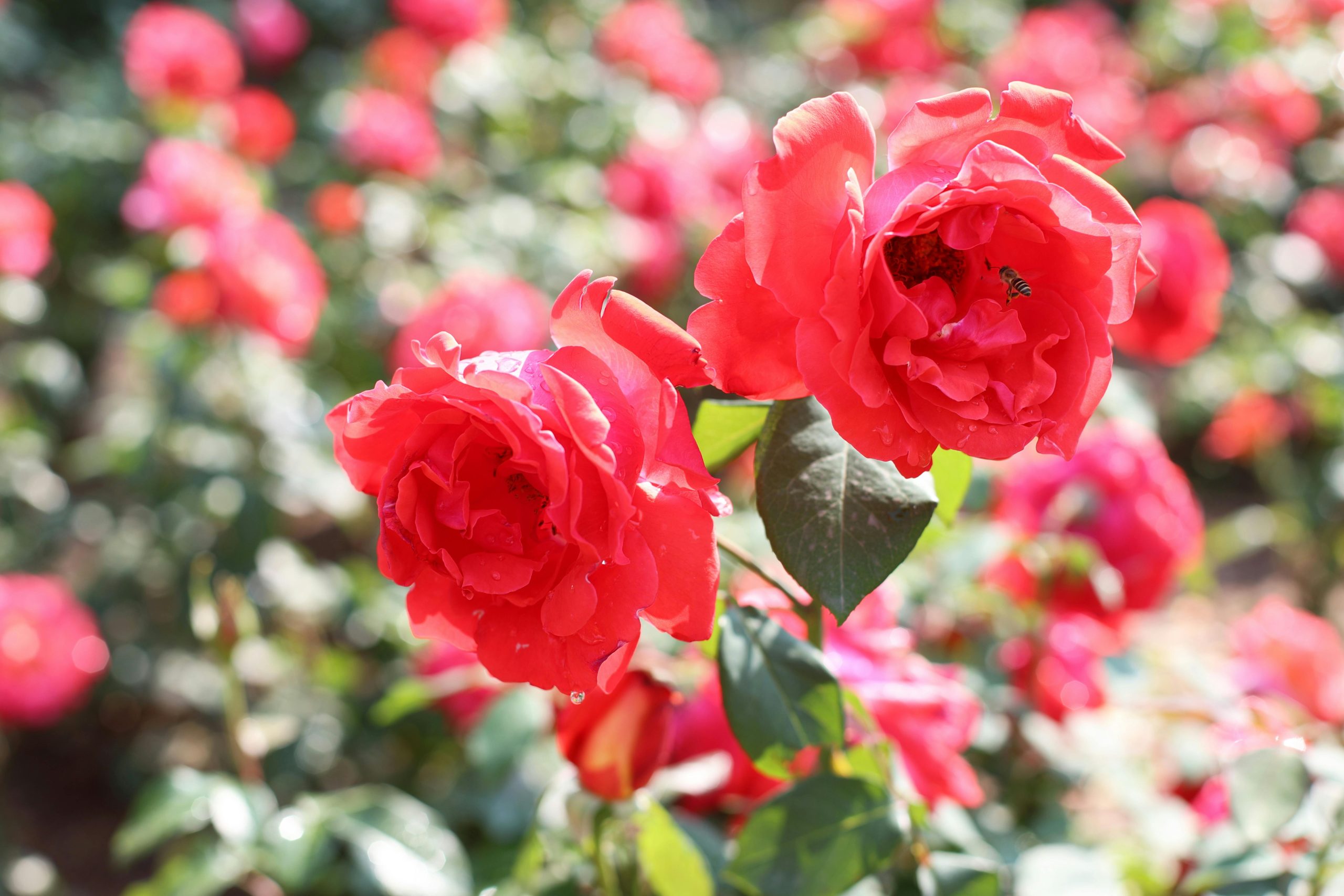Snapdragon Flower Caring and Growing (Full Information)
by Mark Hunt

Colourful and conical in form, snapdragon flowers are beloved all over the globe for their striking attraction to gardens and arrangements. With their long, flower spikes and bright, flower heads, they are a common choice for gardeners who need longer-lasting flowers. By knowing how to care for and grow them, let these plants thrive and produce fruits and flowers throughout the entire season.
Selecting the Right Location
Snapdragons are another flower?that grows well in full to partial shade. They require a minimum of six hours of sunlight daily to flower brightly. They can tolerate partial shade, which can shield them from heat, but shady locations can result in fewer flowers. It is necessary to avoid waterlogged conditions; the roots may rot and stop their growth. Use well-drained soil.
Soil Preparation
Soil preparation?is very important for vigorous growth before planting. Snapdragon also prefers soil that is slightly acidic to neutral, ideally with a pH of 6.0 to 7.0. Soil Fertility — We aim to replenish the soil with organic matter, such as compost or other organic materials that provide nutrients and?enhance soil structure and surface drainage. By keeping the soil?lightly loosened, roots have more room to expand.
Planting Snapdragon Flowers
Snapdragon flowers need to?be planted at the proper depth for the best results as well. For instance, seeds are sown eight to ten weeks prior to the last frost date, allowing seedlings to get a good start before?being moved outside. Transplant them 6 to 12 inches apart to provide each plant with sufficient air circulation, thereby keeping diseases at bay. When the soil has warmed sufficiently, gardeners may also prefer to sow seeds directly in the garden.
Watering and Maintenance
Snapdragons require constant watering to maintain their health. Instead, water deeply once or twice a week, as needed, based on the weather conditions. Too wet, there is a risk of root rot, and too dry, there is a risk of wilting and flowering?less. Soil retains moisture and reduces weed growth, making it a stable foundation for plants, and also using mulch around.
Part of the maintenance involves removing dead flower heads regularly to promote the growth of new flowers. Deadheading is the practice of removing spent, wilted flowers to prevent the plant from investing energy in seed production and encourage more flowering. In these conditions, monitoring for pests and diseases allows for early intervention before they cause more serious damage.
Fertilising for Optimal Growth
Fertilising provides your?plants with the nutrients they need from the soil, which will increase flower production and overall health. Regular application of a balanced, slow-release fertiliser every four to six weeks promotes healthy stems and colourful flowers. Another method is to use organic fertilisers to?add nutrients to the soil and be more sustainable. Gardeners avoid overdoing nitrogen to produce lots of beautiful leaves but very few flowers.
Common Pests and Diseases
Pests — Aphids?and spider mites are pests that love to feed on the sap of your snapdragons and make the plant weak in its stems. Instead, mild insecticides or the use of beneficial insects are used to normalise the infestation level without harming the environment. Rust and powdery mildew are examples?of diseases that can appear in humid weather, so it is essential to avoid crowding and ensure these plants receive sufficient sunlight to prevent the problem. Pruning affected leaves as soon as they are observed?reduces transmission and keeps our plants healthy.
Pruning and Supporting Growth
Support elaborate snapdragon?flower types so that they may bend or break. Providing support with stakes or small trellises ensures ?they remain upright, particularly when it rains heavily or the wind blows. Light pruning helps the plant branch and causes more blooms to develop, making the plant look noticeably prettier. Constant observation and timely corrections maintain snapdragon flowers in a refined shape until harvest.
Conclusion
Growing snapdragon flowers requires adequate sunlight exposure, a suitable soil type, a regular watering routine, and other essential maintenance measures. With the appropriate growing location, good soil preparation, and a well-defined watering schedule and fertilisation, the plants will flourish and bloom energetically. If gardeners can tackle the most common pests and diseases and provide some basic support, those spectacular blooms can last for many months. Snapdragon flowers add colour and interest to gardens, making your backyard more appealing. With regular care and maintenance, they will bring more colour and interest to your garden.
Colourful and conical in form, snapdragon flowers are beloved all over the globe for their striking attraction to gardens and arrangements. With their long, flower spikes and bright, flower heads, they are a common choice for gardeners who need longer-lasting flowers. By knowing how to care for and grow them, let these plants thrive and…